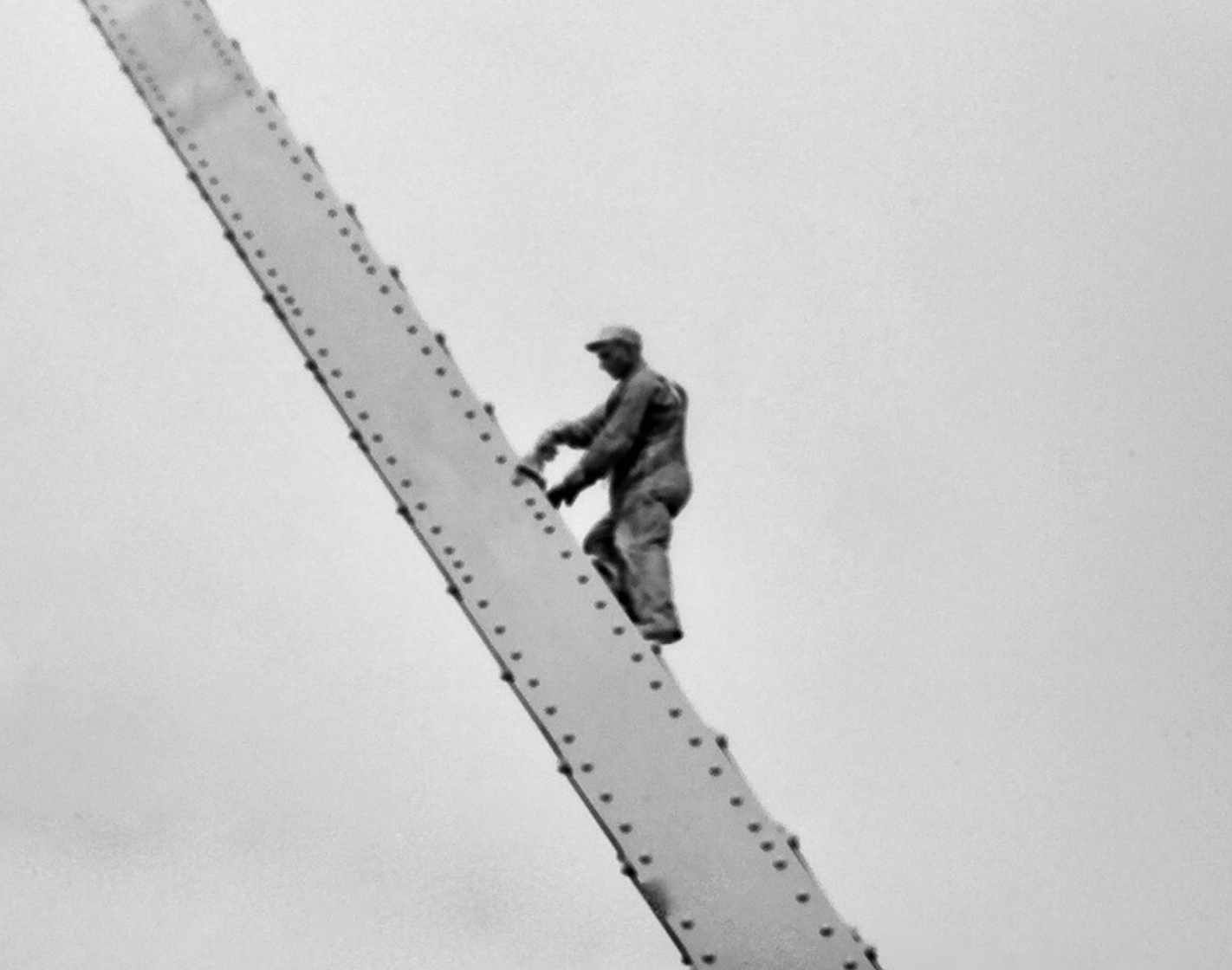Kaufman’s Brooklyn: Eight ‘Construction scenes’

My father, Irving Kaufman (1910 – 1982), was a professional photographer who started in Brooklyn in the mid 1930s working for the Brooklyn Daily Eagle. He captured thousands of images of Brooklyn through the 1950s. I have recently digitized a great many of them. My father’s profile can be found here.
This week’s theme:
Last week’s selections showed a number of Brooklyn’s “new” and “older” buildings. This week I’ll show a group of buildings (or other infrastructure projects) in the making. My father photographed a lot of construction sites for the Eagle in the 30s, and a few other sites for private clients in later years.

Brooklyn Boro
View MoreNew York City’s most populous borough, Brooklyn, is home to nearly 2.6 million residents. If Brooklyn were an independent city it would be the fourth largest city in the United States. While Brooklyn has become the epitome of ‘cool and hip’ in recent years, for those that were born here, raised families here and improved communities over the years, Brooklyn has never been ‘uncool’.